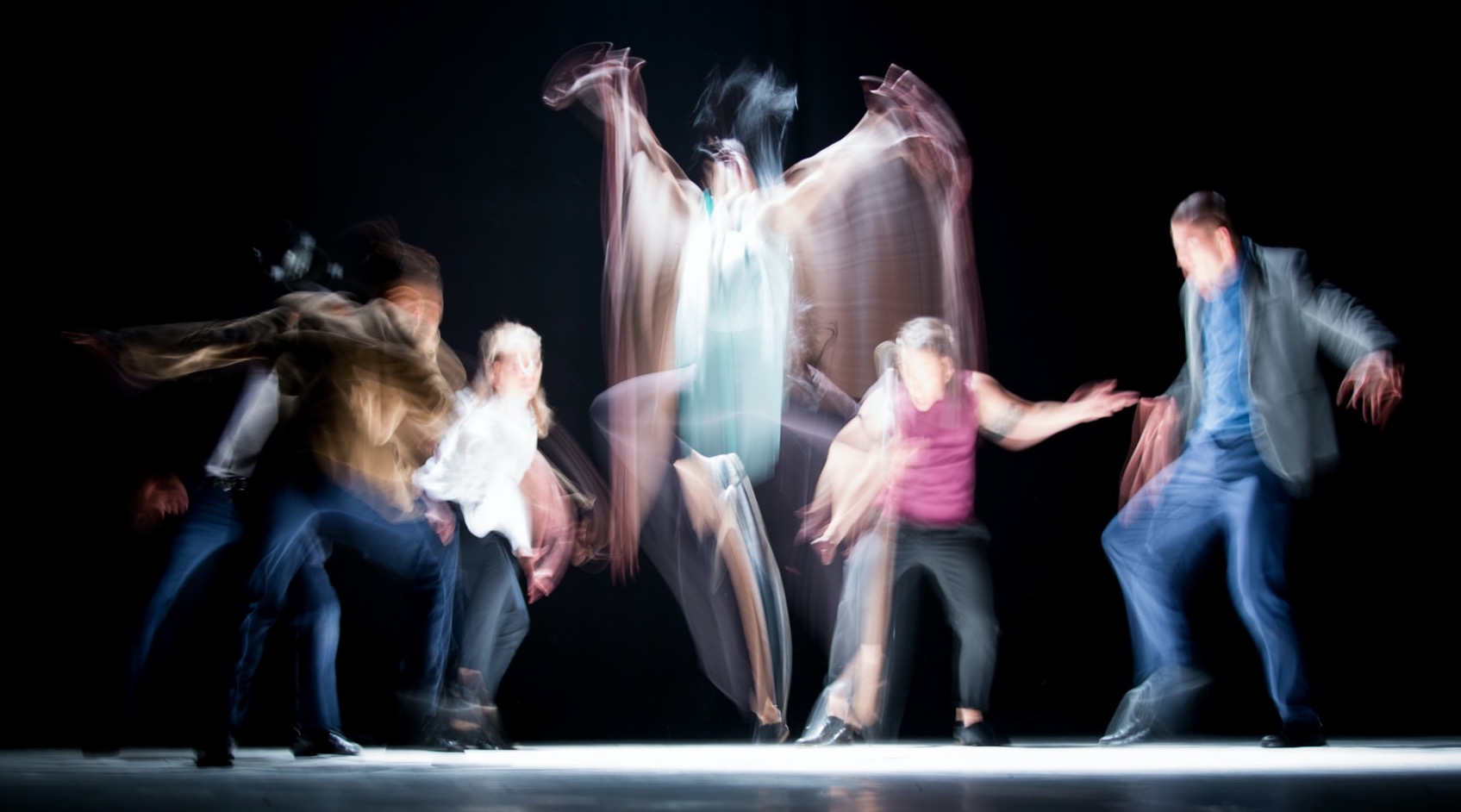When we know how to move in a well-organised way we barely notice the muscular power we are using; each action blends smoothly into the next, because our sturdy bony structures are supporting our weight – just as they evolved to do – and are thus allowing the softer tissues that make up our muscular and fascial structures to respond to our intentions in a lively, spontaneous, and integrated manner.
The evolution of the human skeleton has provided us with the means to move with both elegance and grace, so that even our everyday actions can display the effort-free fluidity of dancing. When you observe a skilled mover closely enough you may notice how often you can see circles and spirals in their movements. In Feldenkrais Awareness Through Movement classes we explore these skeletal circles and spirals in many different combinations, and always with the intention of expanding our movement vocabulary and bringing more lightness and grace into all our daily activities.
Feldenkrais as a ‘Method’ was developed by a man with a huge appetite for exploring our full human potential; Moshe gathered information and ideas from many sources, but the concepts that form the core of his Method came out of his deep understanding of physics (both engineering and neuro/bio-physics), child development (his wife was an expert in the field) and martial arts, specifically Ju Jitsu, and Judo. He wrote several books about Judo and continued to teach it for much of his life.
I came to Feldenkrais via Tai Chi, and the similarities were unmissable…
“The difference between Rou (resilience) and Ruan (softness) is rather significant –the former is like a coiled spring or stretched elastic band which has the potential to bounce back with full force while the latter is like soggy noodles which has no power, no potential apart from being consumed. To use another example, water in itself is soft but large volume of water can produce waves powerful enough to destroy any thing on land.”
Jian Xiong, The Importance of Ding Shi Practice in Tai Chi Training
This quote – from a Tai chi blog article – brings to my mind Moshe’s reported dislike of the word “relaxation”. I understand his avoidance of a term that so easily evokes a state of flaccid collapse, but I usually let it go when I am working with a student, as ‘feeling more relaxed’ is often the way a newcomer describes the Feldenkrais experience. Relaxation is a familiar word that enables them to verbalise the unfamiliar feeling of being more aware, lighter on their feet, and being ready to move with more ease, which is how most people feel at the end of a Feldenkrais lesson – plus it is a word that encompasses both the quieting of a busy mind and the calming of an over-stimulated nervous system.
All processes that explore and enhance our highly evolved embodied selves include an understanding of the fundamental spiral forces in human movement. The coils of a spring store and release energy in a way that has established the image as one of our most familiar cliches. It is how we throw, how we punch, and how we kick, and is easy to recognise the many spirals in our sports and our martial arts. One way to think about it is that it is how we move through all three dimensions at once…
…upwards, sideways and forwards…
…downwards, backwards and sideways…
…backwards, upwards and leftwards, etc.
Spiralling enables us to somersault through the air, to cartwheel across the floor, and to twist ourselves over bars and ropes; they come into play whether we are dancing, running, swimming, or climbing trees.
Rather than attempt a more biomechanical discussion, what I would like to do here is to share some great videos of spiralling movements, human and otherwise, for you to enjoy… and then maybe you will fancy coming to one of my workshops, discover some of your own skeletal spirals, and begin to connect with some of the un-accessed potential energy that you have readily available from within.
I am beginning my selection with this fascinating combination of dance and martial skills, performed by Zhang Ziyi, a woman who is a master of both her skeleton and her sleeves – notice the way slow motion allows you to really immerse your sensory self in her movements. Apparently the Chinese name for this dance is 仙人指路 which translates as “immortal guiding”.
Helena Martin: this dancer uses a fringed shawl to emphasise her movements – this short pieces has many lovely soft and fluid spirals – enjoy!
This film features athletic-yet-poetic Shaolin monks in action:
Tom Weksler: Much of modern dance accesses the same elements of motion that we break down into their component parts in Awareness Through Movement, so that it can look like a Feldenkrais class played on fast-forward:
Marquese Scott: this dancer is a master of pop-locking, movements intended to mimic robots, yet his fluidity is currently way beyond the capability of actual robot technology *Strong Language Alert:
This very young climber is employing more subtle spirals to extend her reach and find purchase on her climbing wall – don’t miss her triumphant yell as she reaches a satisfying place of stability on her way up:
Humans are obviously just the end of a long sequence of evolutionary development that has the double helix of the DNA sequence at its core – so here are some amazing creature spirals to finish – this is beautiful, but it is a snake, so you are free to bypass if they make you nervous!
Veritasium: let’s finish with a fascinating slow motion demonstration of a slinky moving in a really unfamiliar way:
